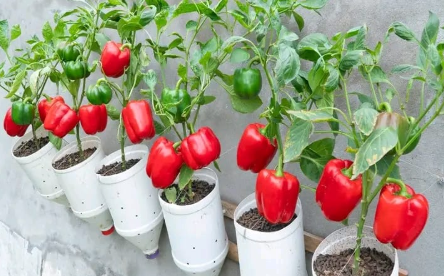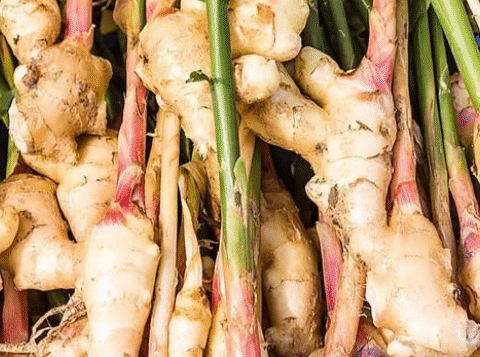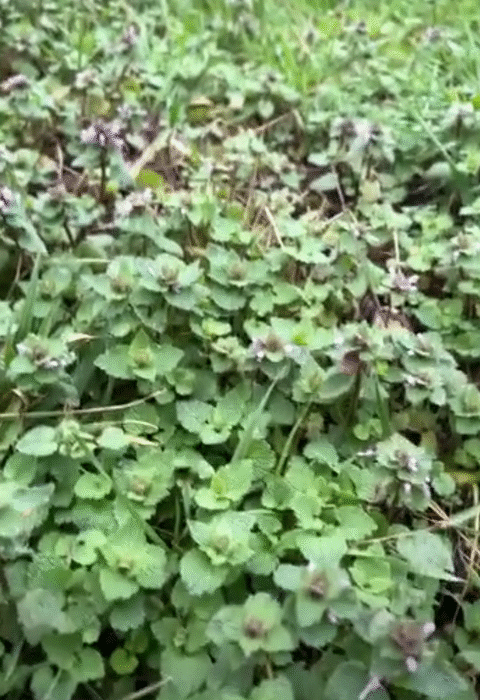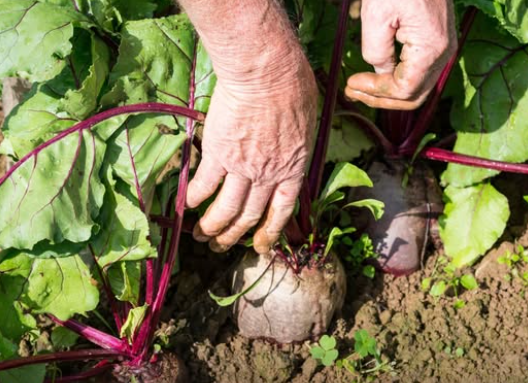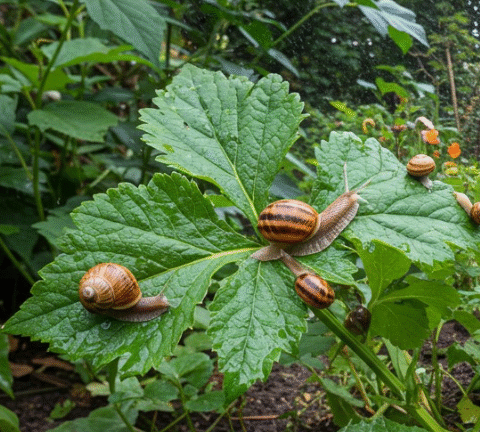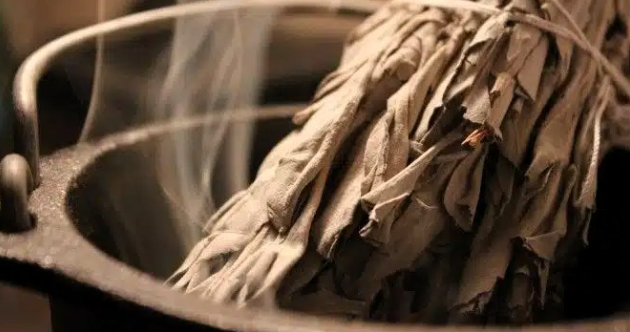8 Secrets To Grow a Bumper Crop of Peppers 🌶️
Peppers—whether sweet or spicy—bring vibrant flavor, nutrition, and beauty to any garden. If you’ve ever made salsa from garden-grown peppers (and watched it disappear by New Year’s Eve 🥫), you know just how addictive homegrown heat (or sweetness) can be. With a few proven strategies, you can harvest more peppers than ever before. Let’s explore the eight secrets that top gardeners swear by.
Why Peppers Are Garden Gold
Peppers (Capsicum annuum and related species) offer:
- Crunchy, juicy flavor for fresh salsa, salads, roasting, grilling
- Customizable heat levels—from mild bells to fiery habaneros
- Colorful harvests that brighten your garden beds
- Health benefits, including vitamin C, antioxidants, and capsaicin for metabolism support
According to Dr. Leila Nour, an expert in horticultural science, “Peppers are sensitive to climate and timing—but with the right micro‐climate and attention, they reward gardeners with stunning volumes.” Prof. Mark Benson, specializing in crop physiology, adds, “Stress‐managed crops, like peppers, actually produce more fruit when mild drought stress and steady nitrogen are balanced.”
Essential Growing Conditions for Peppers
Managing the right environment can make or break your pepper harvest. Here’s what the pros recommend:
- Optimal daytime temperature: 70 – 80 °F (21 – 27 °C)—growth slows below 60 °F and fruiting declines above 90 °F.
- Night temperatures: ideally 60 – 70 °F (15 – 21 °C)—cool nights can stunt flowering.
- If your local climate doesn’t align, use greenhouses, polytunnels, or move containers indoors overnight.
- Peppers thrive in well‑draining, fertile soil with pH between 6.0 and 6.8.
- Full sun exposure—at least six to eight hours daily—for best fruit set.
Secret 1: Start Seeds Early Indoors
Begin seeds 8–10 weeks before your last frost. Use heating mats and grow lights to maintain steady warmth (75 °F/24 °C) and 14–16 hours of light per day. Seedlings should be hardened off gradually to prevent shock.
Why it works:
- Extends your growing season beyond your climate’s limits
- Gives peppers a strong head start—especially important in shorter summers
Secret 2: Choose the Right Varieties
Select pepper types suited to your space and taste—bells, jalapeños, cayenne, habaneros, or specialty hybrids. For shorter seasons, opt for early-maturing cultivars. For intense heat, peppers like “Scorpion” or “Ghost” deliver fast.
Prof. Mark Benson notes, “Different pepper varieties respond to stress and fertility differently—choose strains bred for your climate and growing system.”
Secret 3: Feed and Water Wisely 💧
Consistency is key:
- Soil tests first: adjust nitrogen, phosphorus, potassium based on results.
- Start with a balanced fertilizer (10‑10‑10 NPK), then taper to lower nitrogen and higher potassium/ phosphorus as flowering begins.
- Keep soil evenly moist—water deeply once or twice weekly rather than shallow daily watering.
- Avoid over‑watering green peppers, which dilutes flavor and lowers yield.
- Mulch around plants to retain moisture and regulate soil temperature.
Secret 4: Optimize Pollination & Pruning
Peppers self-pollinate, but pollination improves with airflow and insect activity. Gently shake plants on calm days, or prune to increase circulation.
- Remove lower leaves to reduce fungal risk and open the canopy.
- Thin out branches if airflow is limited.
Secret 5: Manage Temperature Stress 🚜
Heat spikes (>90 °F) or cold snaps (<55 °F at night) can cause blossom drop and fruit stall. Protect peppers with shade cloth during heat waves or row covers overnight when temperatures dip.
Secret 6: Encourage Fruit Set
Once flowering starts:
- Ensure plants aren’t nitrogen-heavy—they might favor leaves over fruit.
- Apply a phosphorus‑rich boost (e.g. bone meal) to support blooming.
- Foliar feeding with diluted seaweed fertilizer can enhance blossom retention.
Secret 7: Harvest Frequently and Properly
Harvest regularly—every few days—especially when peppers near full color. This encourages plants to keep producing new fruit. Use sharp shears to cut peppers, leaving a short stem intact to reduce plant stress.
Secret 8: Use Integrated Pest and Disease Management (IPM)
Keep pepper plants healthy by:
- Monitoring for aphids, mites, fungal diseases
- Using neem oil or insecticidal soaps early at first sign
- Practicing crop rotation and removing infected plant material
- Encouraging beneficial insects like ladybugs and lacewings
Nutrition & Health Benefit Table 🌱
| Peppers | Serving Size | Calories | Vitamin C | Capsaicin (heat) | Health Benefit |
|---|---|---|---|---|---|
| Bell Pepper (red/yellow) | 100 g (~1 medium) | 31 | 127 mg (212% DV) | None | Antioxidants, immune support |
| Jalapeño | 100 g (~3–4 pods) | 29 | 118 mg (197% DV) | Medium | Metabolism boost, pain relief potential |
| Habanero/Scotch Bonnet | 100 g (~5 pods) | 40 | 143 mg (239% DV) | Very high | Cardio & anti‑inflammation potential |
Health & Safety Tips from Experts
- Wear gloves when harvesting super-hot varieties (habanero, ghost peppers).
- Wash hands thoroughly after handling peppers to avoid eye/contact irritation.
- Keep peppers stored in breathable containers—avoid sealed bags to prevent mold.
- When cooking or grinding dried hot peppers, ensure proper ventilation or wear a mask to avoid inhaling capsaicin dust.
⚡ Related Recipes
For pepper-forward dishes—salsas, stuffed peppers, roasted sauces—try these recipe ideas on our partner site: [Insert link to recipes site]. Explore:
- Garden‑fresh salsa featuring found peppers from your harvest
- Roasted pepper sauce with garlic and herbs
- Sweet stuffed bell peppers with quinoa and cheese
- Hot pepper jelly and pepper honey glazes
Top 10 FAQs About Growing Peppers
- When should I start pepper seeds indoors? Start seeds 8–10 weeks before your average last frost date.
- How far apart should I space pepper plants? Space 18–24 in (45–60 cm) apart to allow airflow and encourage branching.
- What soil pH is best? Aim for 6.0–6.8 pH for nutrient availability.
- How often should I water? Once or twice a week deeply; avoid daily light watering.
- Can I grow peppers in containers? Yes—use at least 5 gal (19 L) containers with rich soil and good drainage.
- Do peppers need pruning? Light pruning and lower leaf removal help airflow and reduce disease.
- What’s the best fertilizer regimen? Balanced NPK early on; switch to higher potassium/phosphorus during flowering and fruiting.
- When will peppers ripen? Depending on variety and climate, peppers mature 60–90 days after transplanting.
- Why are my peppers dropping blossoms? Likely due to temperature extremes, humidity shifts, or over‑fertilizing with nitrogen.
- How do I store harvested peppers? Keep in breathable produce bags in a fridge for up to two weeks, or dry/freezer‑store longer.
Wrapping It Up 🌱
By applying these eight secrets—with guidance from experts like Dr. Leila Nour and Prof. Mark Benson—you can expect to significantly improve both yield and flavor in your pepper garden. From carefully timed seeding, smart variety selection, consistent care, to thoughtful pest and temperature management, each step matters.
Pack your containers or greenhouse right now, set your heat mats, and get ready to turn that salsa shortage into a surplus of homegrown peppers next season!
—
SEO keywords incorporated above include: “grow a bumper crop of peppers”, “best pepper growing tips”, “pepper yield”, “peppers harvest”, “how to grow peppers”, and related terms to boost visibility for gardening and pepper enthusiasts.
